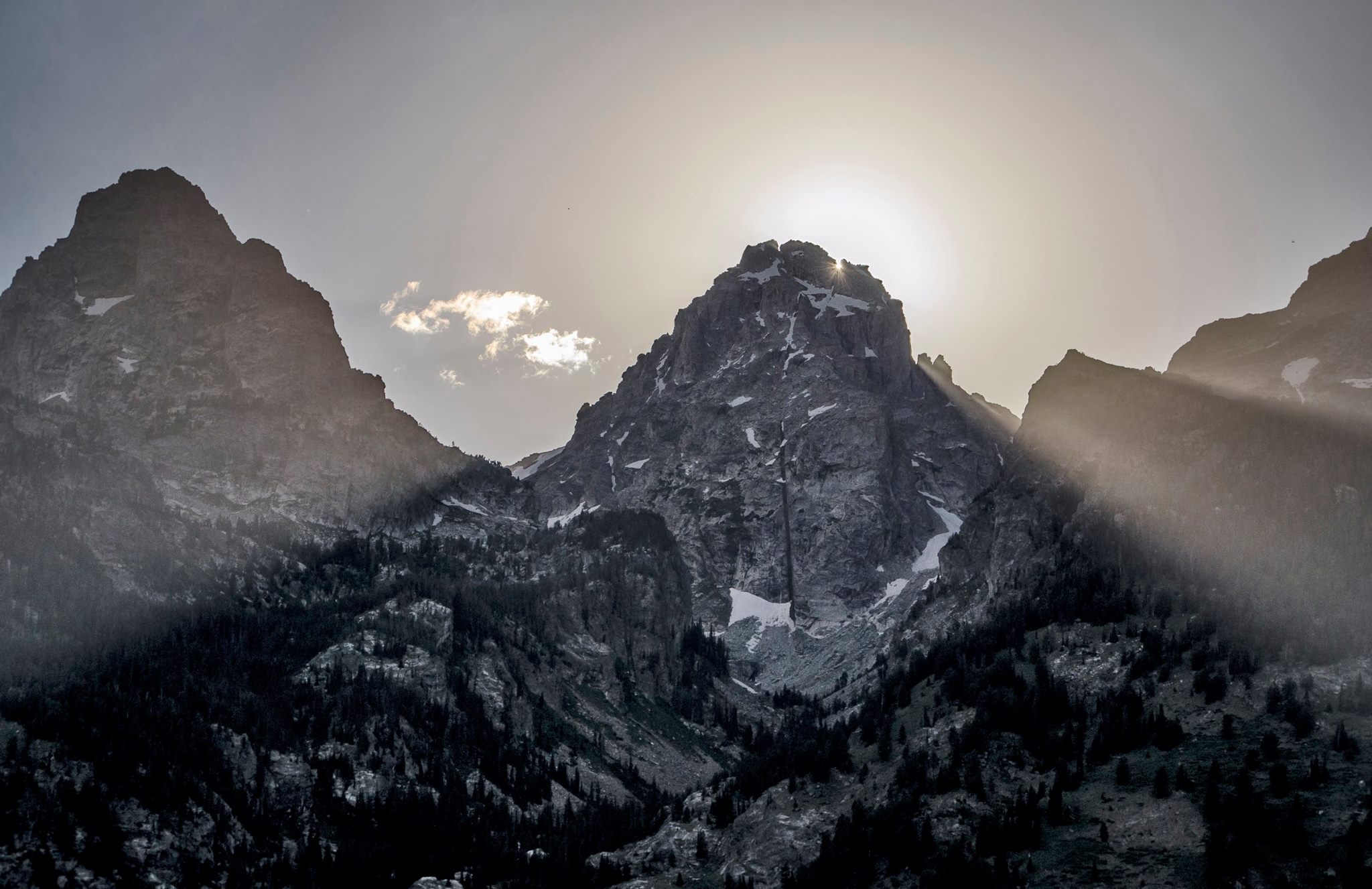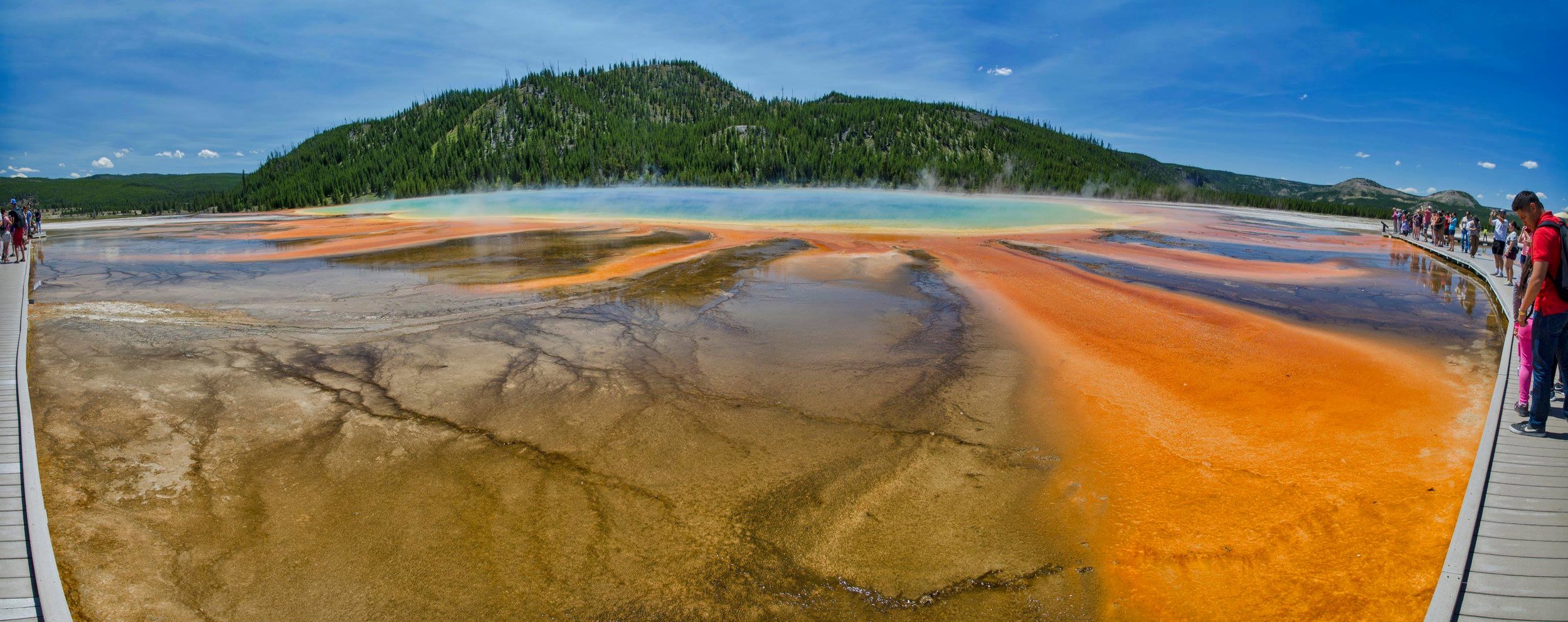ACTIVE TECTONICS:
In geologically-recent landscapes, studies involving structural analysis and thermochronology can provide a great deal of insight into the linkage between upper crustal processes such as erosion and exhumation and their possible tectonic and/or dynamic driving forces. In these relatively young settings, low temperature cooling data can also provide insight into fault kinematics, as footwall and hanging wall topographic relief can generally be attributed to fault development in extensional and contractional systems, respectively. In these settings, if the magnitude of fault slip is great enough to lead to exhumation of the footwall block (or hanging wall block in contractional settings) from depth, then thermochronometry can be used to directly date the timing of faulting.
EVOLUTION OF THE Teton FAULT
The Teton-Yellowstone region, which is located in northwest Wyoming near the eastern flank of both the Basin and Range extensional province and the Sevier fold-thrust belt, represents one of the most seismically active areas in the Intermountain US. The spectacular relief (>2.1 km) preserved between the high Teton peaks and the adjacent Jackson Valley to the east results from motion on the Teton normal fault. Currently, disagreements exist regarding the timing of fault initiation and by association, the timing of range uplift. This longstanding controversy has limited our ability to address a number of fundamental tectonic, geomorphic, and climatic questions in the region. The UK Structure and Geodynamics Group is using low temperature thermochronology in conjunction with finite-element modeling to resolve many components of this controversy.






